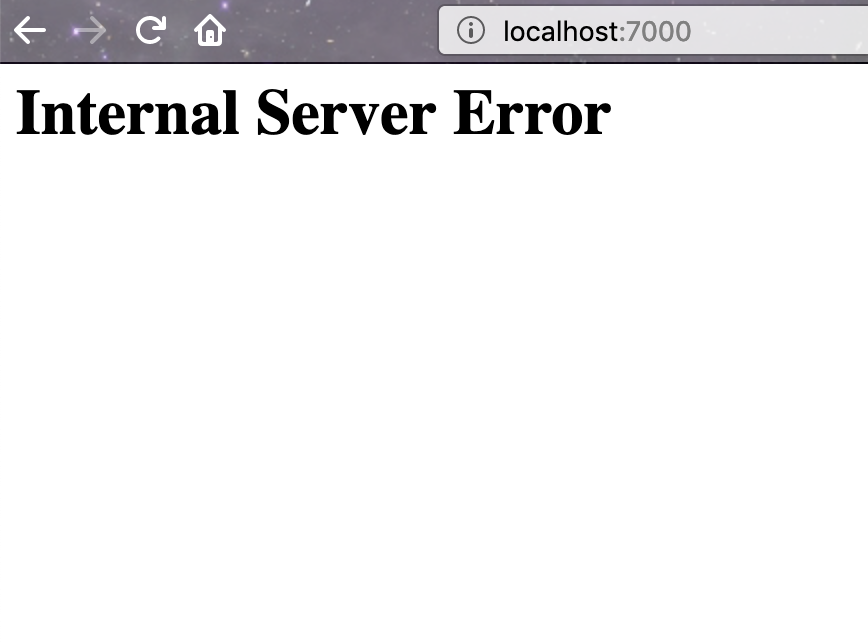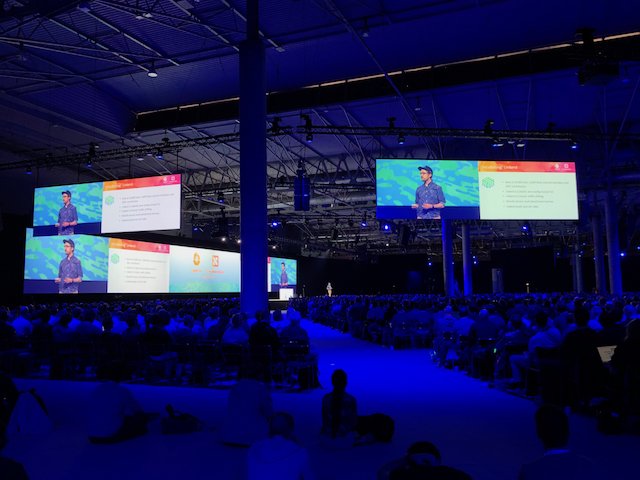

Today we’re happy to announce the release of Linkerd 2.5! This release adds
support for installation via Helm, hardens Linkerd’s
tap command to obey Kubernetes RBAC rules, improves Linkerd’s CLI to report
metrics during traffic splits, allows logging levels to be set dynamically,
and much, much more.
Linkerd’s new Helm support offers
an alternative to linkerd install for installation. If you’re a Helm 2 or
Helm 3 user, you can use this install Linkerd with your existing deployment
flow. Even if you’re not, this method may provide a better mechanism for
environments that require lots of customization at install time, which would
otherwise require a complicated set of arguments to linkerd install. (And
getting a Linkerd 2.x Helm chart into the Helm stable repo itself is in
progress.)
Linkerd’s tap command provides “tcpdump for microservices” functionality
that allows users to view a sample of live request/response calls for meshed
deployments. (Particularly useful since as of 2.3, Linkerd encrypts all
meshed HTTP traffic by default,
rendering tcpdump itself less than useful!) In Linkerd 2.5, tap now uses
Kubernetes RBAC to provide granular access to results. This means that
applications which process sensitive data can now control who has access that
data in transit by using the RBAC rules of the underlying Kubernetes cluster.
Linkerd 2.5 also includes a tremendous list of other improvements, performance enhancements, and bug fixes, including:
- Dynamically configurable proxy logging levels.
- A new
linkerd stat trafficsplitscommand to show metrics during traffic split operations (e.g. a canary release). - A new Kubernetes cluster monitoring Grafana dashboard.
- Handy new CLI flags like
--asand--all-namespaces. - New pod anti-affinity rules in high availability (HA) mode.
- Namespace-level configuration for auto-injection behavior.
See the full release notes for details.
If you’ve been watching the clock, this 2.5 release hits at just under 6 weeks since Linkerd 2.4. This high velocity release cycle is only possible thanks to the rapidly-growing Linkerd community of contributors, testers, and adopters. A special thanks especially to Jonathan Juares Beber, Cody Vandermyn, Alena Varkockova, Tarun Pothulapati and Guangming Wang.
📣 We want your feedback! Next week, we’ll be discussing all the new features, plus upcoming plans for Linkerd 2.6, Linkerd’s integrations with OPA Gatekeeper and OpenFaaS in our monthly online Linkerd Community Meetup. Be sure to join us hear more about Linkerd 2.5 straight from the horses’ mouths.
Ready to try Linkerd? Those of you who have been tracking the 2.x branch via our weekly edge releases will already have seen these features in action. Either way, you can download the stable 2.5 release by running:
curl --proto '=https' --tlsv1.2 -sSfL https://run.linkerd.io/install | shUpgrading from a previous release? See our handy Linkerd upgrade
guide for how to use the linkerd
upgrade command.
Linkerd is a community project and is hosted by the Cloud Native Computing Foundation. If you have feature requests, questions, or comments, we’d love to have you join our rapidly-growing community! Linkerd is hosted on GitHub, and we have a thriving community on Slack, Twitter, and the mailing lists. Come and join the fun!
(Image credit: Plaisanter)



